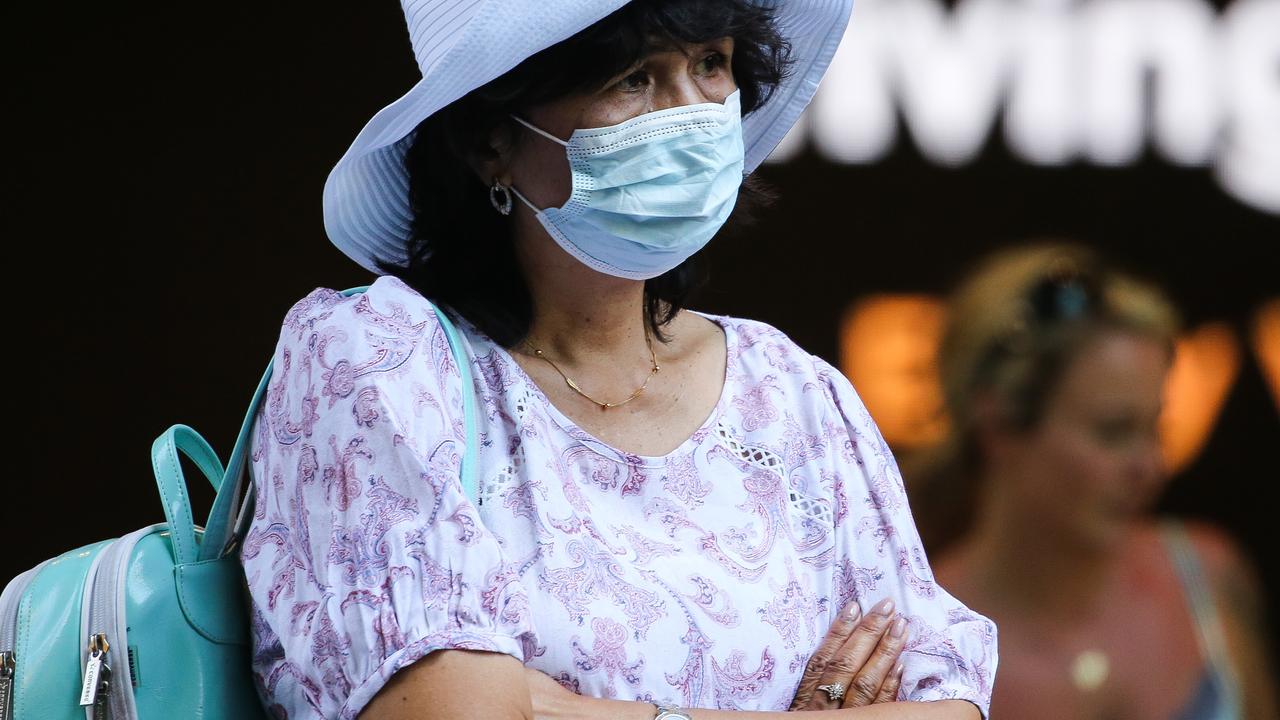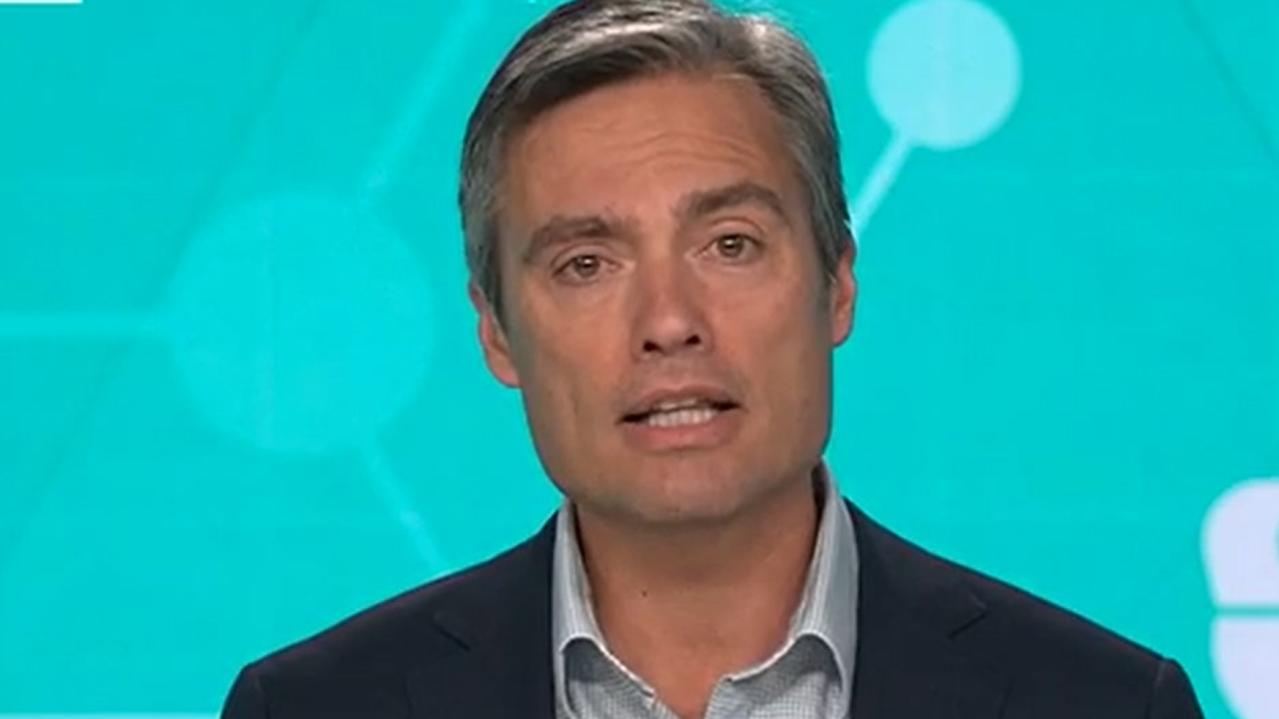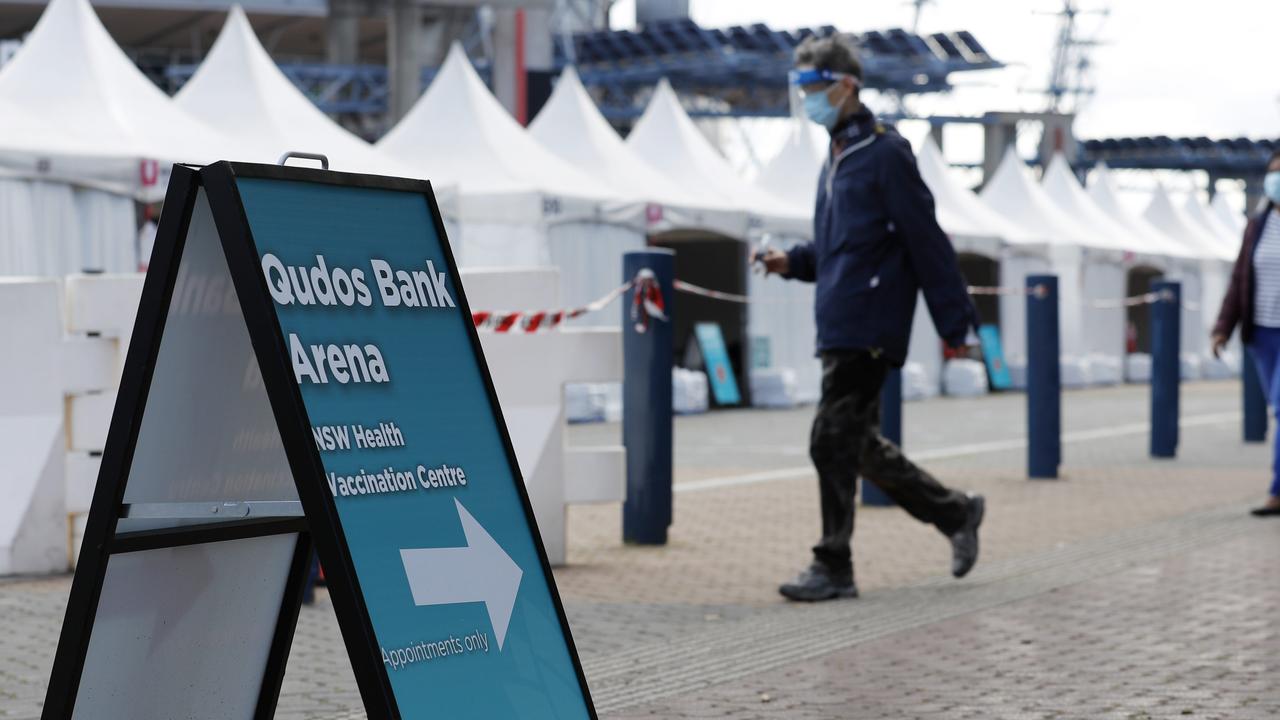Coronavirus NSW: Case number that would lock Sydney down
Just days ago, it seemed that Australia’s coronavirus nightmare was coming to an end, now we’re faced with an unthinkable idea.

At the beginning of this week it seemed that Australia’s coronavirus nightmare was slowly coming to an end.
Victoria’s cases continued to drop, even to single figures on Wednesday, and NSW’s 12-day streak of no local transmission looked as if it could continue indefinitely, raising the prospect of the nation’s state borders finally reopening.
But that brief respite from the global pandemic came to an end on Wednesday, when NSW recorded three new coronavirus cases – sparking a warning from the state’s chief health officer Dr Kerry Chant that more local cases would undoubtedly come to light.
She wasn’t wrong. The next day, seven locally acquired cases were detected and one was linked to a known cluster.
Later that day, NSW Health issued a public health alert for ten public transport routes – meaning potentially hundreds of people were exposed to the virus.
Taking hotel quarantine cases into account, NSW (12) actually recorded more cases than Victoria (11) on Thursday.
The crucial difference is that Victoria remains under strict lockdown, while life in NSW still feels as if it is headed back to some sort of normality.

Fortunately, the level of community transmission in NSW dropped again on Friday, with five cases being locally acquired and linked to a known cluster.
But, if community transmission spikes in NSW again it raises the prospect of a dreaded idea – that the state could be plunged into a second lockdown.
After a back-and-forth between the NSW and WA Premier this week, WA’s leader Mark McGowan suggested NSW should already be locking down hot spot suburbs or postcodes.
“I know people over east say New South Wales is the gold standard, but for the life of me I cannot understand why it’s better to be like (them) with all sorts of restrictions in place, an economy going backward, and outbreaks, than Western Australia with no outbreak, an economy going forward and people safe and healthy,” he said.
But what would it take to trigger a Melbourne-style lockdown in Sydney?
Epidemiologist at Sydney’s UNSW, Mary-Louise McLaws told news.com.au that the decision to take it that far would hinge on whether there is “stubborn embedded community low grade spread”.
Thankfully, so far at least, that is not the case.
However, she said that if there are 100 cases in 14-day rolling period or more than seven cases per day, NSW health authorities would be forced into a “knife edge” decision on lockdown measures.
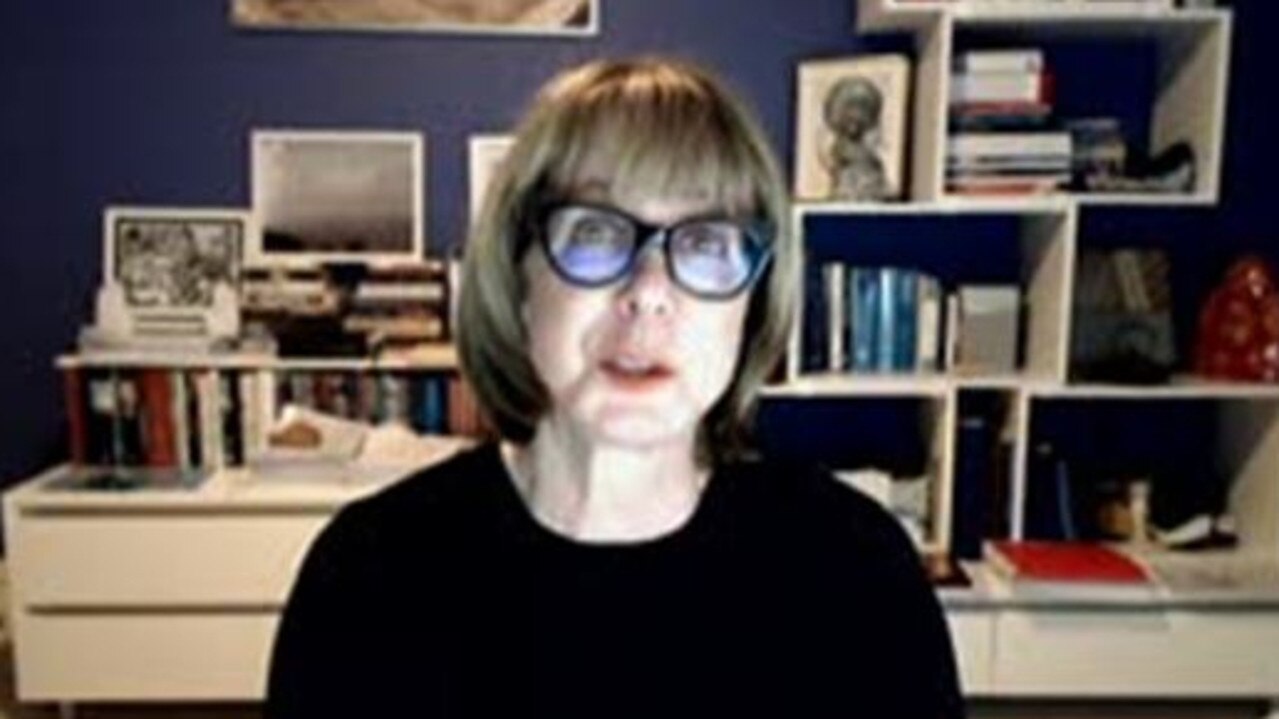
She said that from mid July to mid-September NSW had a marked increase in cases that took the caseload to a peak of 181 total cases over a 14-day period.
“While this was high, NSW authorities gained the upper hand, slowly over two months to get back,” she said. “The challenge to control the case load was the geographic spread and the locations of spread (at hospitality venues).
“The authorities must have believed their contact tracing was rapid and thorough as they did not instigate ringfencing (of suburbs).”
She said this was a good decision because there was no specific geographical hot spot and a curfew wouldn’t have helped much either.
“Curfews work but the cases were spread out and few in number so would not have achieved much,” she said. “And the epidemiology showed a decrease, albeit slow and small, suggesting a curfew or shutting down of social venues for 14 days was not necessarily needed but the situation was always on a knife edge and would have kept the authorities awake at night staking the data for a change for the worse.”
So the fear is that if community transmission reaches that level again, the dreaded “change for the worse” could materialise and the state would be forced to take lockdown measures.
WHAT DOES THIS ALL MEAN FOR STATE BORDERS?
The rise in NSW community transmission this week comes as a particularly crushing blow for those wanting to visit their friends and family interstate.
NSW Premier Gladys Berejiklian said these cases showed Queensland’s definition of what would be safe enough to reopen the border was “unrealistic”.
“We’re always going to have cases pop up, because we’re in a pandemic,” she said on Wednesday morning.
“It’s highly improbable that NSW will ever get to 28 days of no community transmission.”
But Queensland Premier Annastacia Palaszczuk remained firm on the decision to reopen only if NSW went 28 days without community transmission. Before the new cases were confirmed, the border was on track to reopen on November 1.
Ms Palaszczuk said the health advice still dictated that NSW would need to clear two incubation periods with no mystery cases before it was safe to reopen.
“Can I just say that, in relation to community transmission, we want to watch very carefully what happens in NSW over the next fortnight as they go into school holidays,” Ms Palaszczuk said.
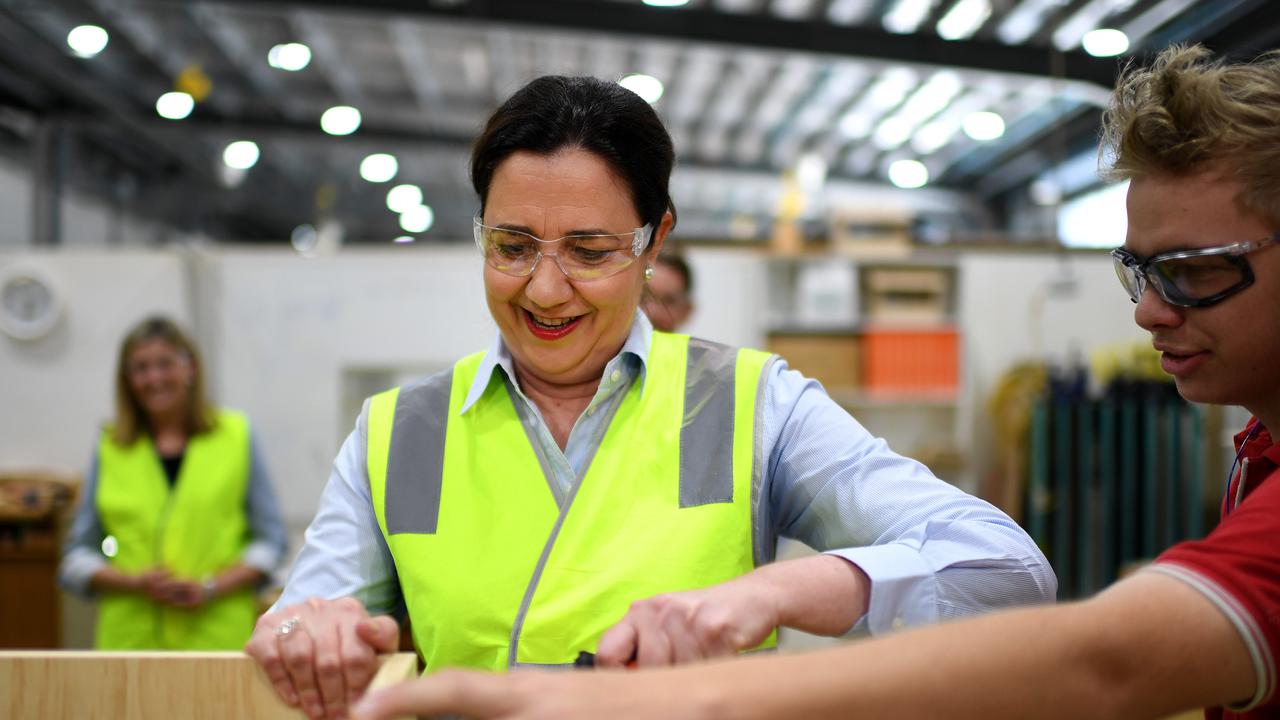
“That is when people are moving around, as well and they are not just staying around their homes and neighbourhoods.”
Another state that has locked NSW out is Western Australia, where Premier Mark McGowan has said the hard border will stay in place until there had been 28 days without community transmission in the rest of the nation.
“You’ve just got to be careful and we’ll bring the border down when the health advice says it’s right, but Victoria and New South Wales worry me,” he told reporters this week.
“Until such time as we’re confident and the health advice is confident, we’ll keep the border in place.”
However, NSW Premier Gladys Berejiklian said she was still hoping all states and territories would have open borders by the end of the year.
“I’ve noticed that Queensland and WA continue to ease restrictions in their communities, although they keep the border up,” she told reporters on Wednesday.
“Now that is a false sense of security. You’re better off getting those borders down, creating jobs through tourism and business and generating economic activity and keeping jobs.”
Meanwhile, it is unclear how the rise of community transmission will affect Tasmania’s border.
From October 26, residents of South Australia, Western Australia, Queensland, the Northern Territory and the ACT will be able to enter Tasmania without quarantining.
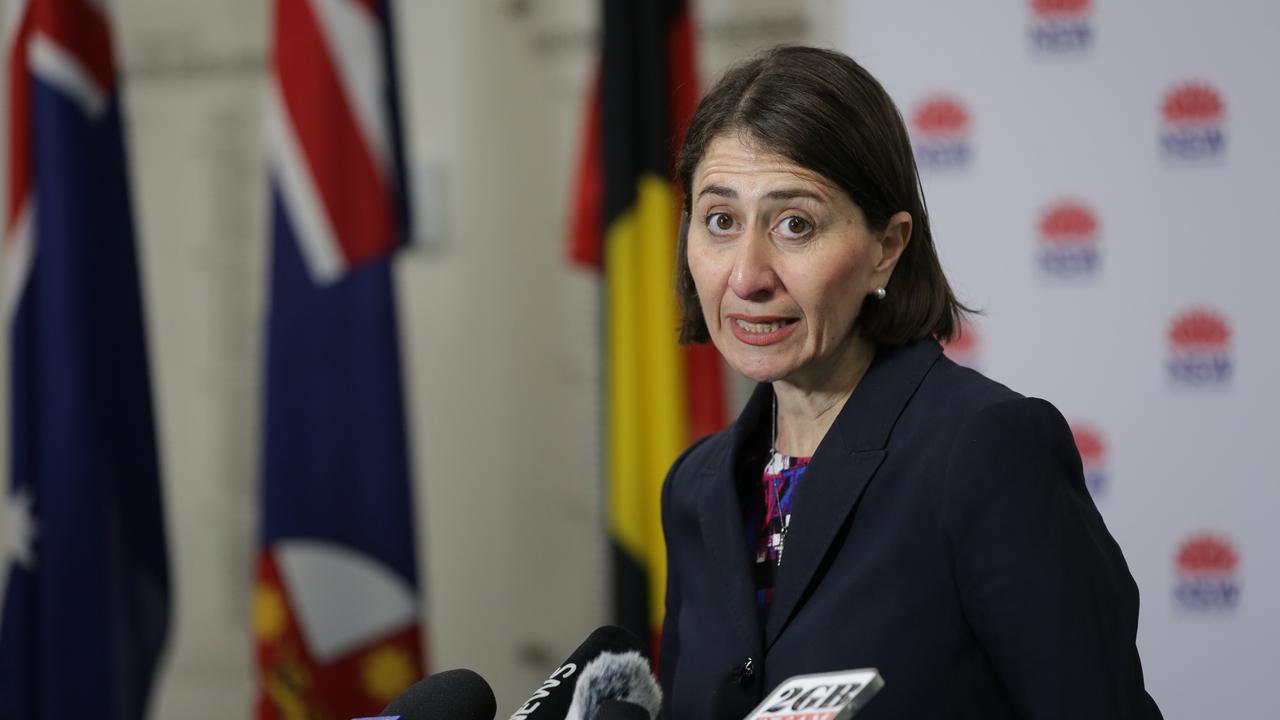
The relaxation could be extended to NSW if its virus numbers remain “low” and health authorities in Tasmania say they are watching the situation on the mainland very carefully.
In good news for NSW residents, it was revealed on Thursday that Greater Sydney will finally be removed from the Northern Territory’s coronavirus hot spot list for the first time since July 17.
The easing of restrictions means that from midnight on Friday, more than five million Sydney residents – or anyone who has recently spent time in the NSW capital – can enter the NT without two weeks of quarantine at their own expense.
There were fears the decision to revoke the city’s COVID-19 hot spot status could be at threat after NSW recorded 12 new infections on Thursday.
However, while NT chief health officer Dr Charles Pain said authorities would keep a close eye on the unfolding situation, the plan would still be going ahead.
“I am also confident in the thorough testing and contact tracing response in NSW, and that this outbreak is contained,” Dr Pain told reporters during a press conference on Thursday.
“With this advice and our own review of the evidence, I remain confident about revoking greater Sydney as a hot spot from tomorrow.”


